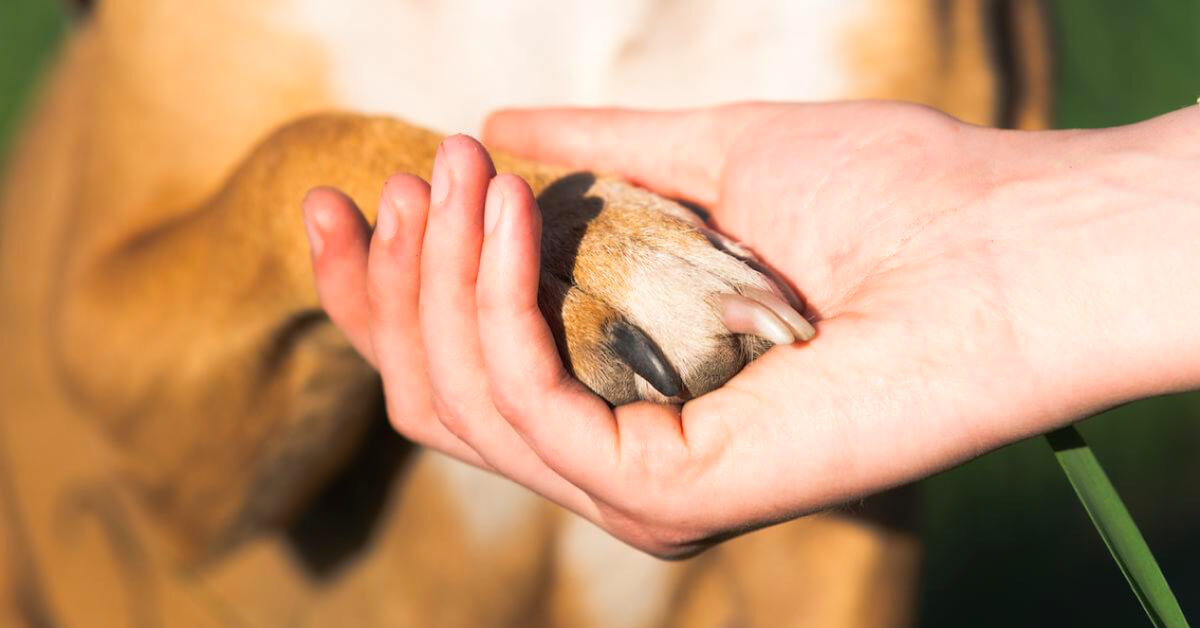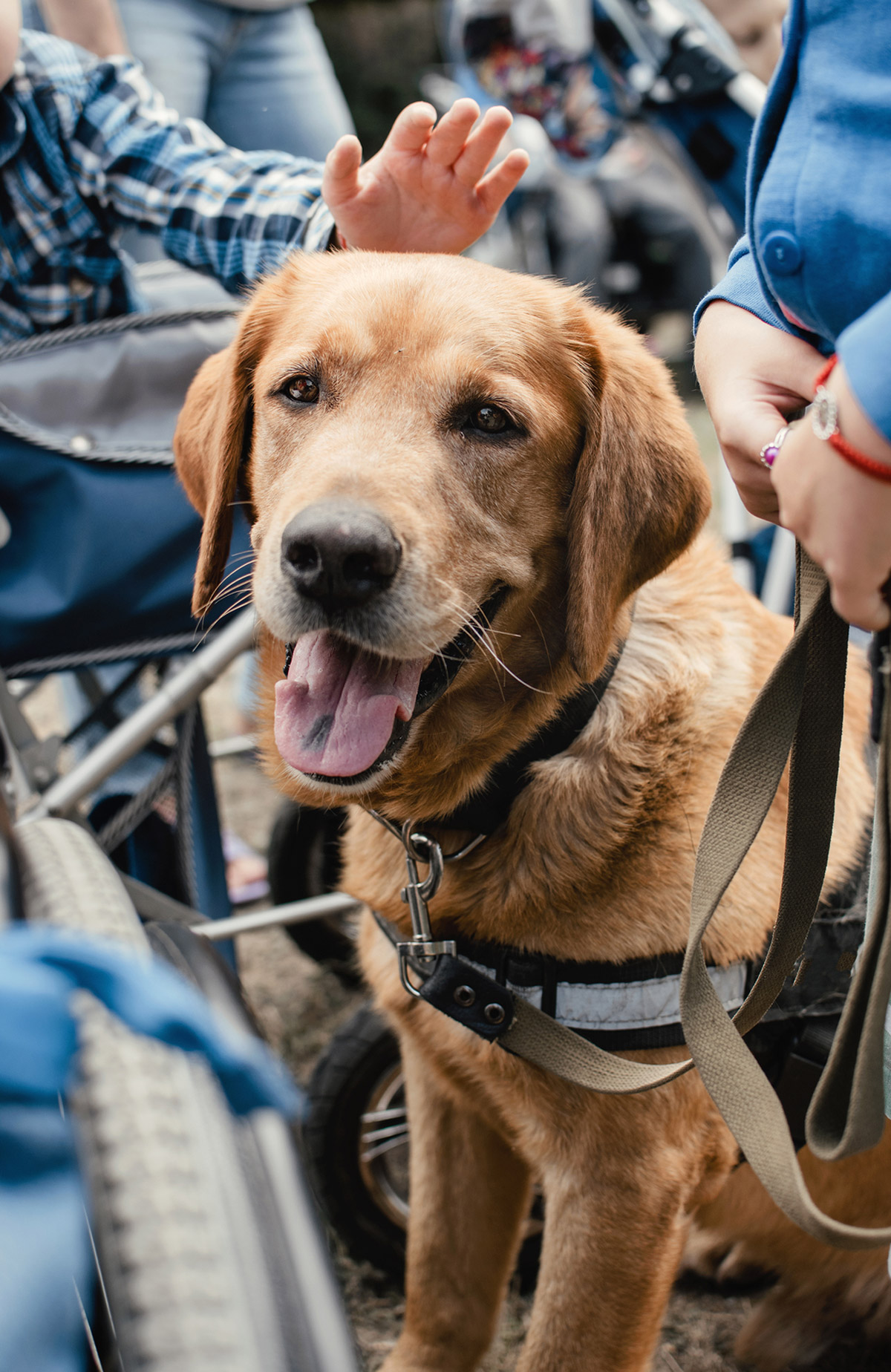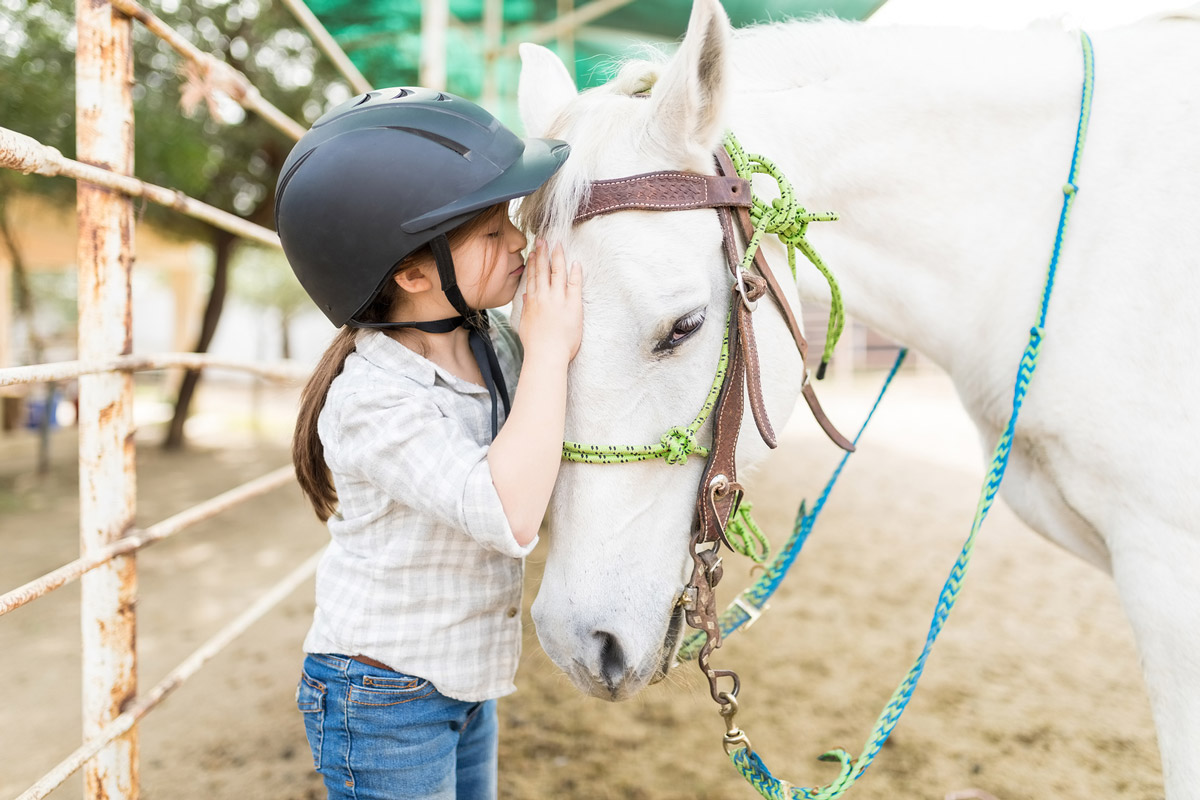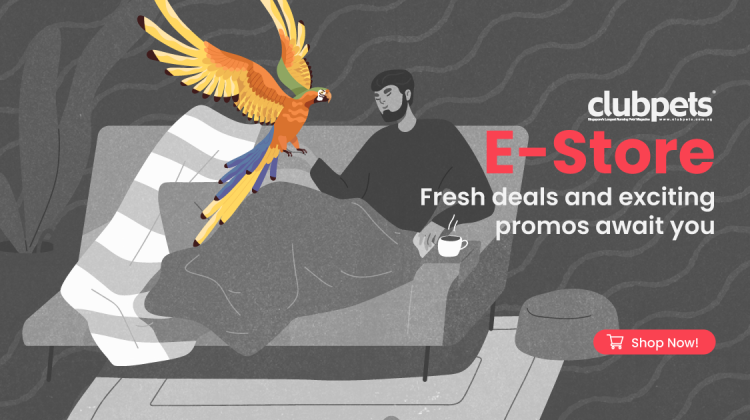Animal-Assisted Therapy: Benefits & Effectiveness

Since centuries ago, humans have tried a variety of treatments to help others overcome difficulties in their life. The historical legend, Florence Nightingale, first brought to light the therapeutic potential of animals in the early 1800s. By the 1980s, the first certified Animal-Assisted Therapy program was introduced.
Today, animals are used to reduce anxiety and assist people with behavioural problems in psychiatric hospitals, prisons, rehabilitation centres, and educational facilities. Seen as a valuable and effective practice by professionals around the world and vets in Singapore, here’s a closer look at Animal-Assisted Therapy:
What is Animal-Assisted Therapy?

Animal-Assisted Therapy (AAT) is a therapeutic intervention that uses trained animals such as cats, dogs, birds, pigs, and horses in a treatment plan to assist in the improvement of a human’s social, physical, emotional and/or cognitive functioning.
Often used to enhance and complement the benefits of traditional therapy, animal-assisted therapy builds on the pre-existing human-animal bond. Interacting with a therapy animal that has been socialised and trained to provide affection to people in various stressful environments can help reduce blood pressure and improve overall cardiovascular health, as well as release endorphins that produce a calming effect on the patient.
Not to be confused with Animal-Assisted Activities (AAA), which provide motivational, educational, therapeutic and/or recreational benefits to enhance the quality of life, Animal-Assisted Therapy (AAT) is often more structured and is usually a goal-directed part of the entire treatment process.
Benefits of Animal-Assisted Therapy

Animals can provide a sense of calm, comfort, and safety since they are accepting, non-threatening and non-judgmental. With AAT animals, people tend to feel more comfortable in a therapy session, and these amazing creatures can even serve as a safe outlet for the patient to practise social or communication skills (if they are resistant to talk therapy), which in turn, builds a better sense of self-worth, trust, more stable emotions, and self-regulation.
Depending on the needs of the patient, many different animals can be used in therapy. However, the most commonly-used AAT animal is the dog, because apart from their undeniable bond with humans, dogs can have many advantageous effects on patients. Firstly, when an individual trains a dog with commands, it heightens his communication and problem-solving skills. Secondly, working with dogs encourages us to be more positive and enthusiastic, as well as teaches us about compassion and empathy. Furthermore, dogs help to reduce anxiety and boost interest levels and concentration.

The next in line are horses, because horses naturally observe and respond to nonverbal cues. This allows them to reflect a patient’s emotional and behavioural state, providing professional insights into the patient’s personality and interpersonal relationships. For some patients, horses even help them to identify dysfunctional patterns of behaviour early so that they can work on rectifying their behaviour to make the horses feel more at ease.
How effective is Animal-Assisted Therapy?

Many studies have proven that AAT is extremely effective with evidence to support that animals have great physical and emotional benefits for humans. That said, AAT is dependent on the individual too. If a person does not like animals or have never been exposed to animals before, it may not be as effective.
To facilitate a safe and productive interaction between the animal and patient, the therapist should ensure that all animals involved in AAT are:
- Certified by a veterinarian to be in good health with all necessary vaccinations taken
- Appropriately-trained for AAT
- Handled by a therapist trained in both mental health and AAT
Before beginning AAT, patients should also make sure that they:
- Do not have allergies to animals
- Have obtained clearance from their doctor to go ahead if they have a health condition that reduces their immunity levels.







